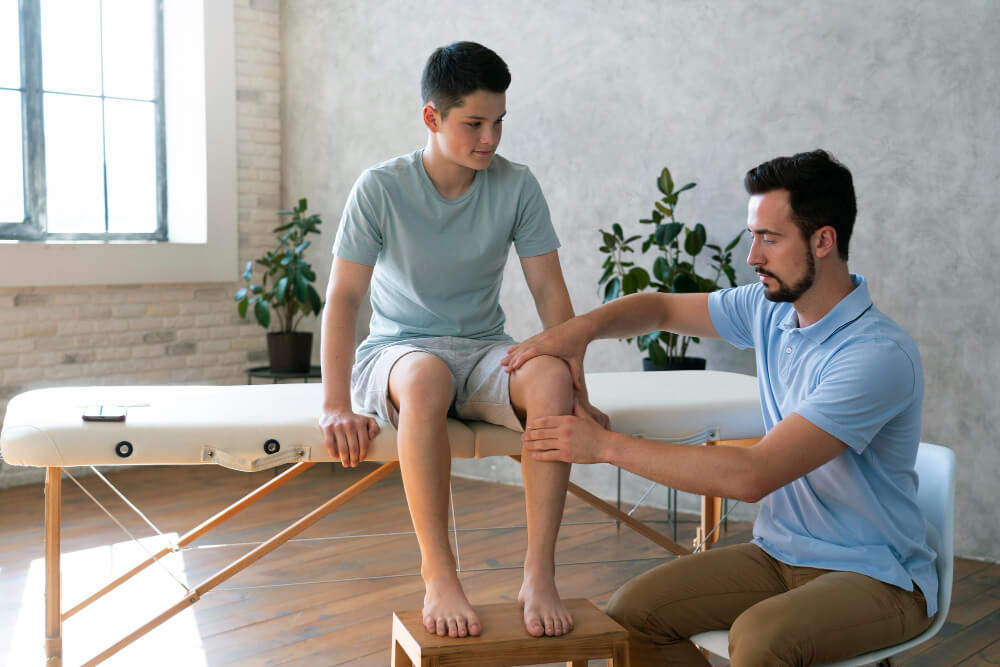Rheumatoid Arthritis 101: A Comprehensive Introduction
Rheumatoid arthritis (RA) is a chronic autoimmune disease that affects over 1.5 million people in the United States alone. It causes inflammation of the joints, leading to pain, stiffness, swelling, and fatigue. While there is no cure for RA, effective treatments can help manage symptoms and improve quality of life.
Understanding RA
RA is an autoimmune disease, meaning the body’s immune system mistakenly attacks healthy tissues. In RA, the immune system attacks the synovium, the lining of the joints. This inflammation causes the joint to swell, become painful, and lose its function.
Symptoms of RA
The symptoms of RA can vary from person to person, but they often include:
- Joint pain, stiffness, swelling, and warmth, especially in the hands, wrists, feet, ankles, and knees.
- Morning stiffness that lasts for at least 30 minutes.
- Fatigue.
- Loss of appetite and weight loss.
- Fever.
- Redness and tenderness in the eyes.
- Lumps under the skin (rheumatoid nodules).
Diagnosis
There is no single test to diagnose RA. Doctors will typically use a combination of factors to make a diagnosis, including:
- Medical history and physical exam.
- Blood tests.
- Imaging tests, such as X-rays, MRIs, or ultrasounds.
Treatment
The goal of treatment for RA is to reduce inflammation and pain, prevent joint damage, and improve the quality of life. Treatment options include:
- Medications:
- Disease-modifying antirheumatic drugs (DMARDs): These drugs slow the progression of the disease and prevent joint damage. Examples include methotrexate, leflunomide, and hydroxychloroquine.
- Biologic response modifiers: These drugs target specific parts of the immune system that are involved in inflammation. Examples include adalimumab, etanercept, and infliximab.
- Janus kinase (JAK) inhibitors: These drugs block a pathway that is involved in inflammation. Examples include tofacitinib and baricitinib.
- Physical therapy: Physical therapy can help strengthen muscles, improve flexibility, and reduce pain.
- Occupational therapy: Occupational therapy can help people with RA learn new ways to do everyday activities.
- Surgery: In some cases, surgery may be needed to repair or replace damaged joints.
Living with RA
RA is a lifelong disease, but with proper treatment and management, people with RA can live full and active lives. Here are some tips for living with RA:
- Get regular exercise.
- Eat a healthy diet.
- Get enough sleep.
- Manage stress.
- Learn about your disease and treatment options.
- Join a support group.
Additional Insights
- Early diagnosis and treatment are key to managing RA.
- There is no one-size-fits-all treatment for RA.
- RA is a complex disease, and research is ongoing to develop new and better treatments.
Conclusion
While rheumatoid arthritis is a chronic condition, there is hope. With proper treatment and lifestyle changes, people with RA can lead active and fulfilling lives. By understanding the disease and available treatment options, staying informed about the latest research, and seeking support from family, friends, and healthcare professionals, individuals with RA can take control of their health and live well.


